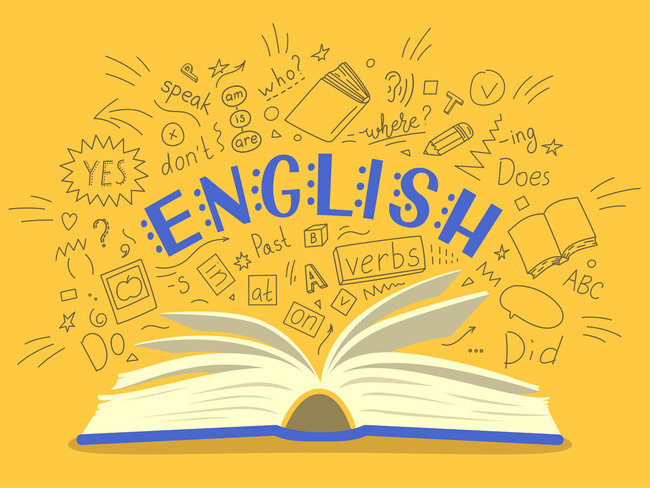iTEP Receives Official Recognition from Costa Rica’s Ministry of Education
We are thrilled to announce that the iTEP Academic Plus


We are thrilled to announce that the iTEP Academic Plus
Dear Valued iTEP Community, Recent Trump administration actions—including halting new
Ⓒ2025 iTEP International, LLC – All Rights Are Reserved
We use cookies to ensure you have the best experience. By clicking ‘Allow,’ you agree to our use of cookies.